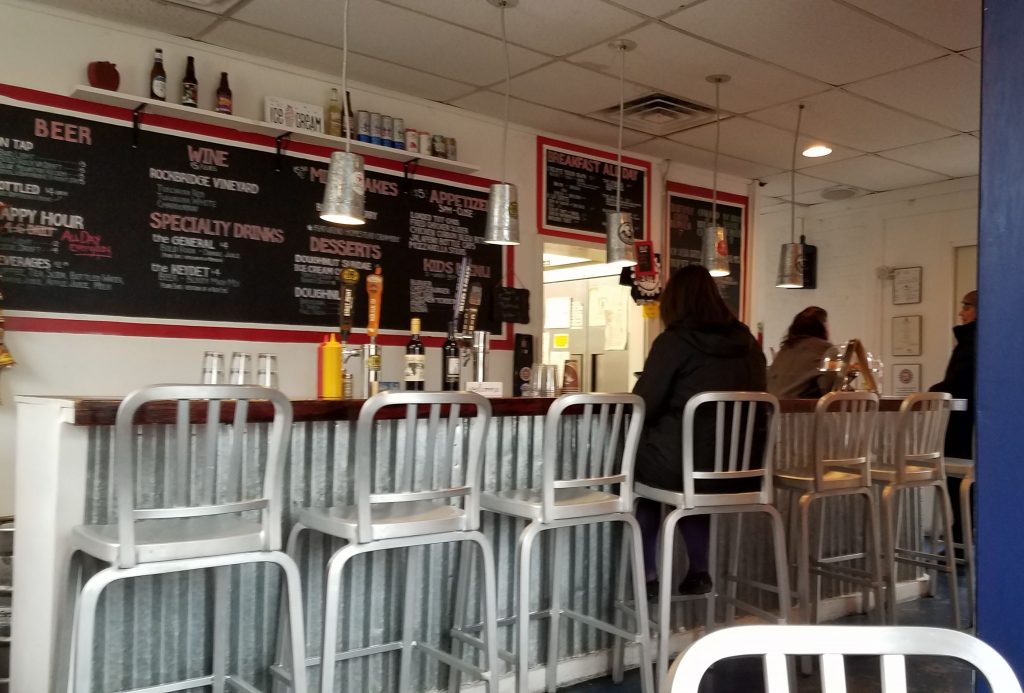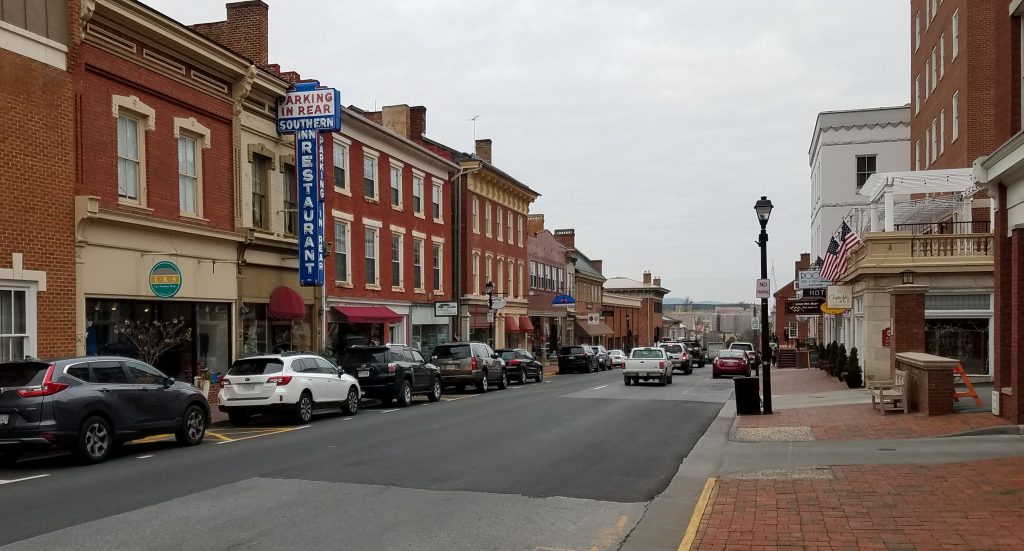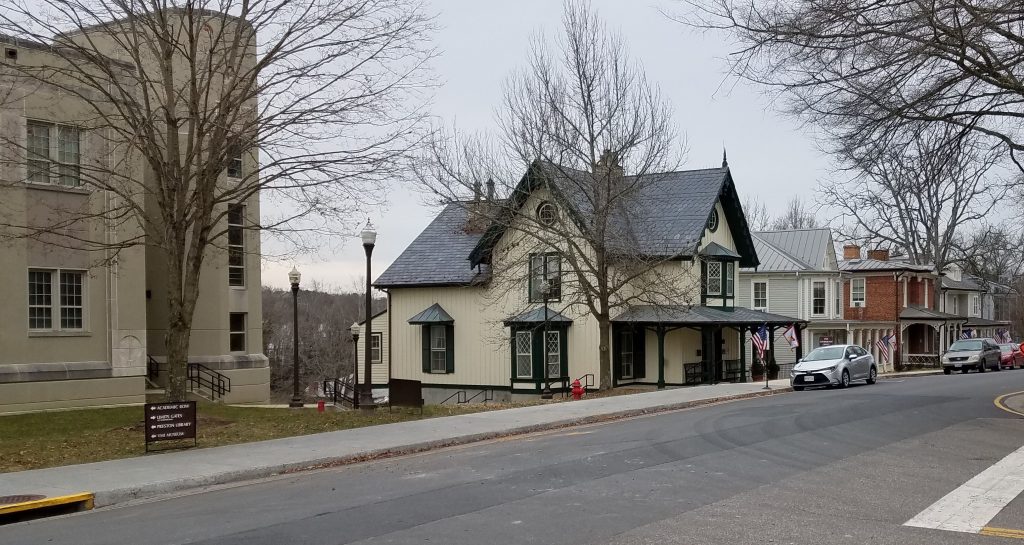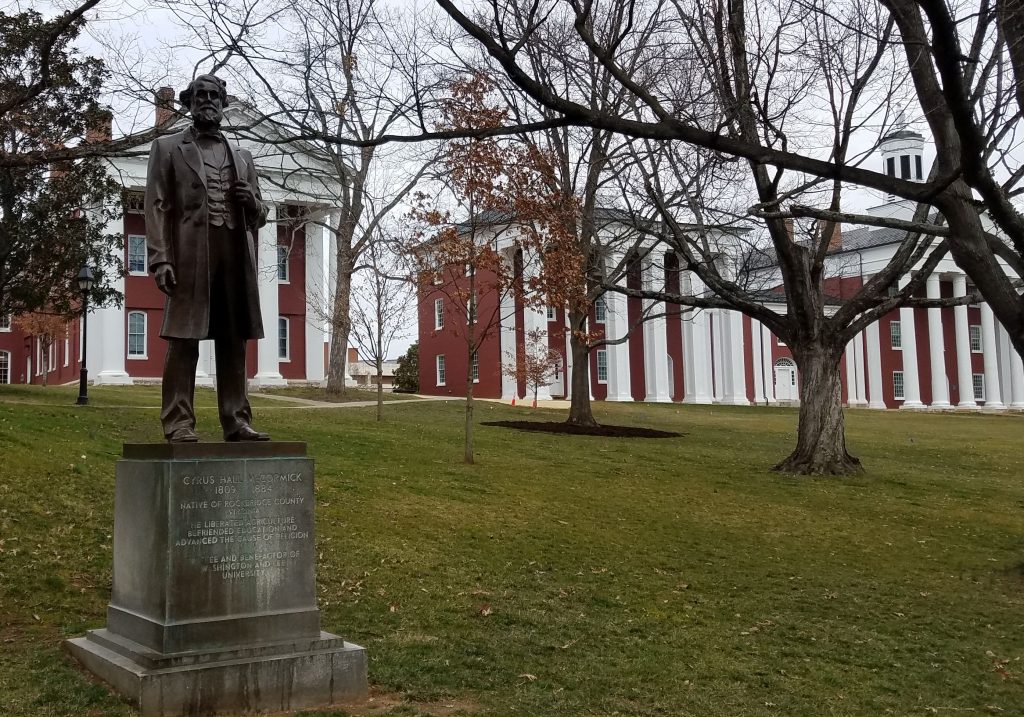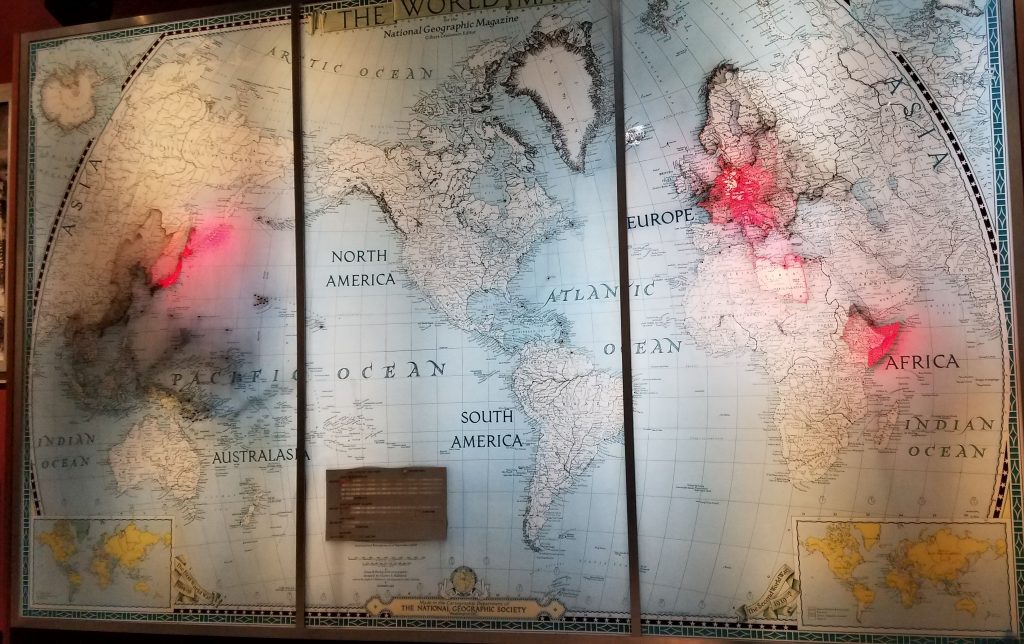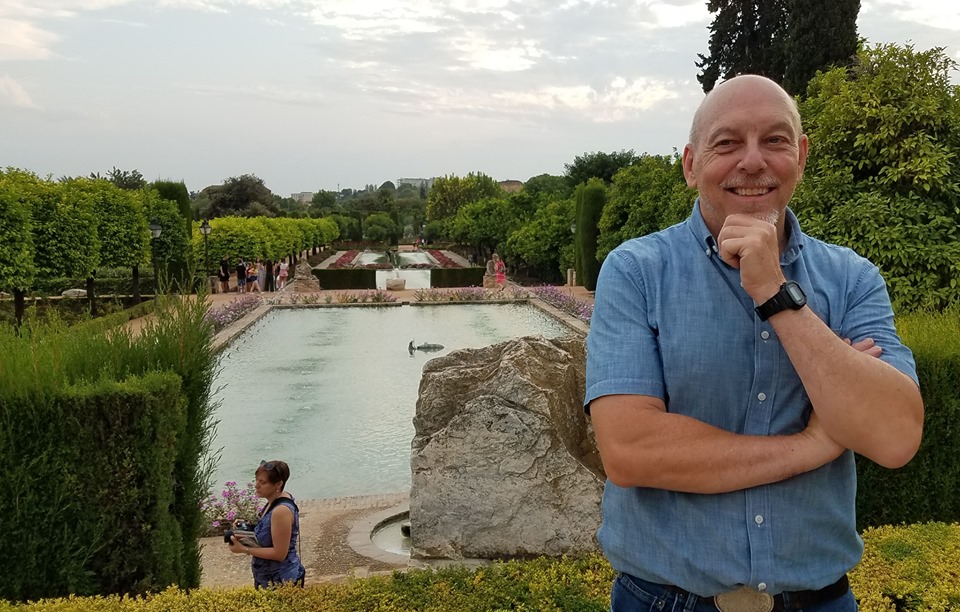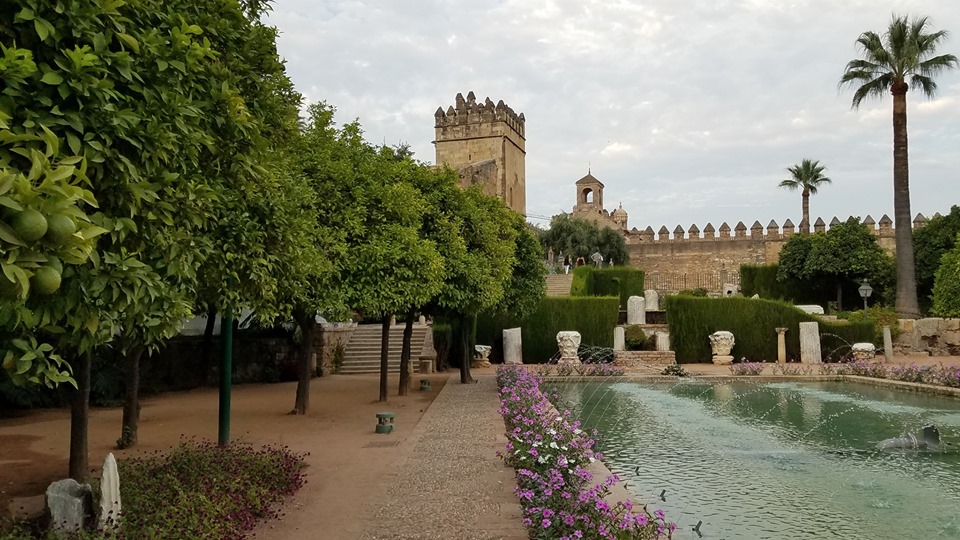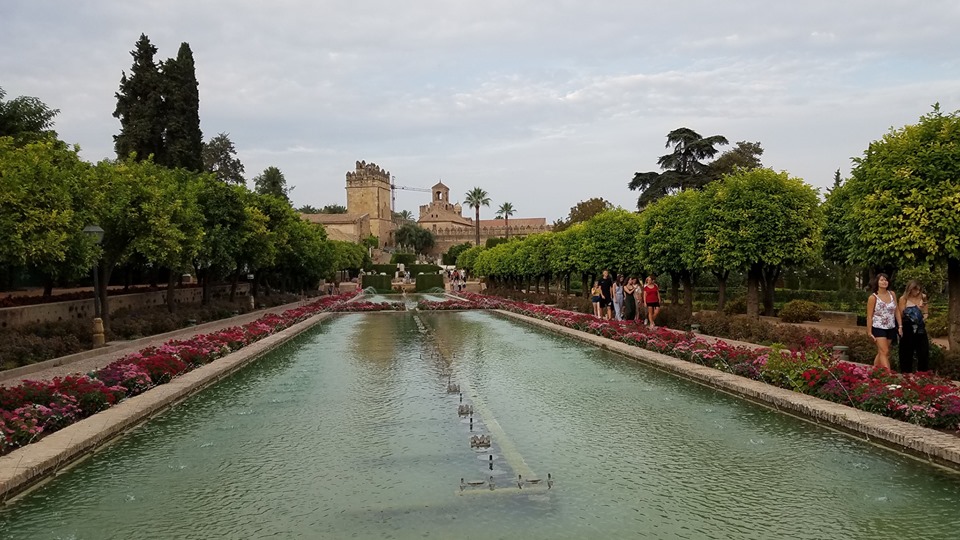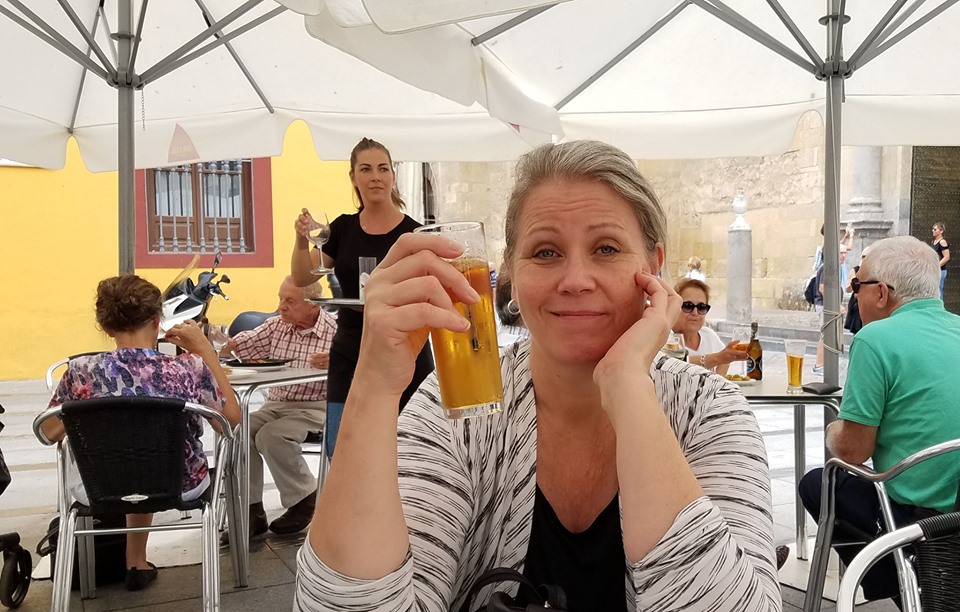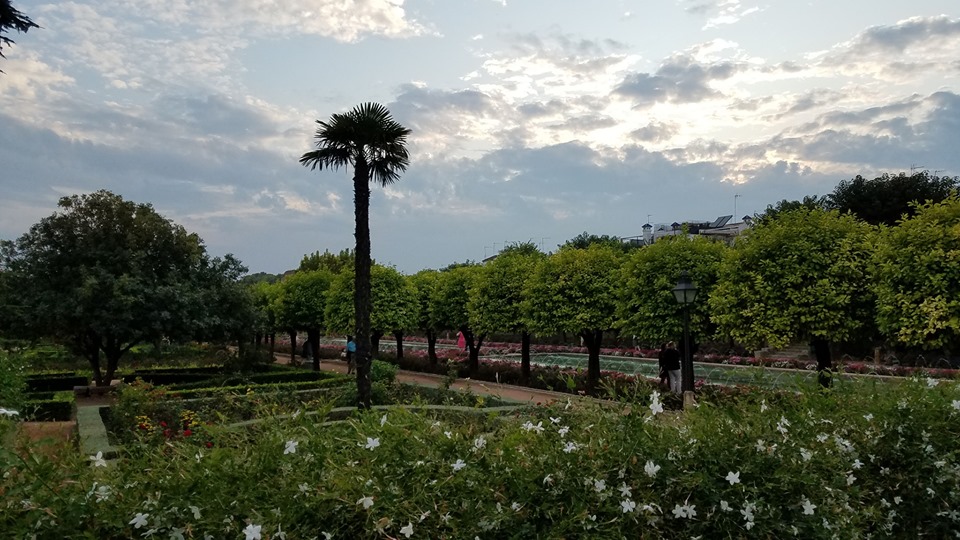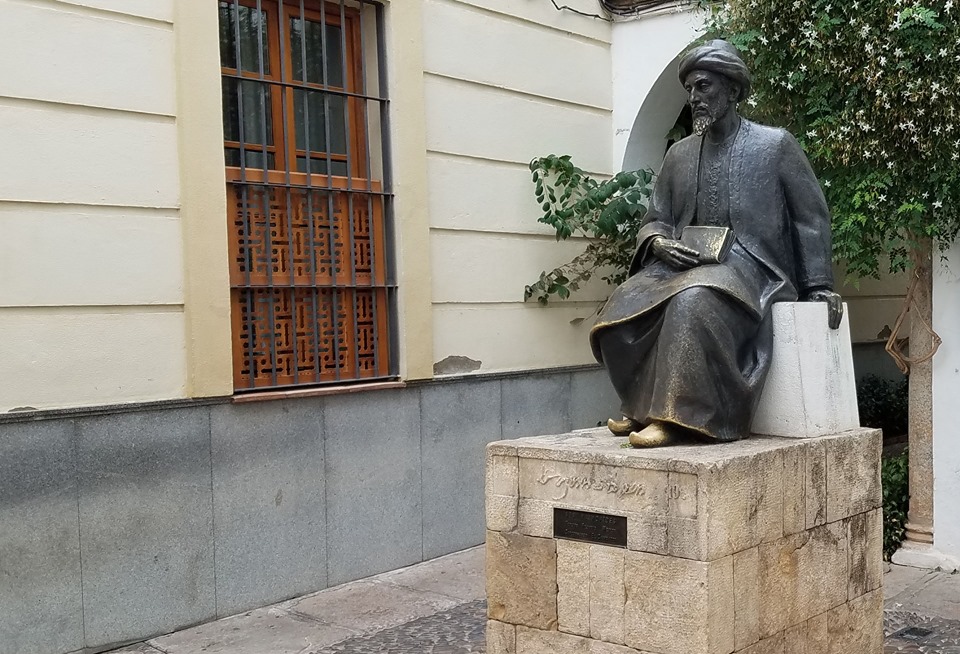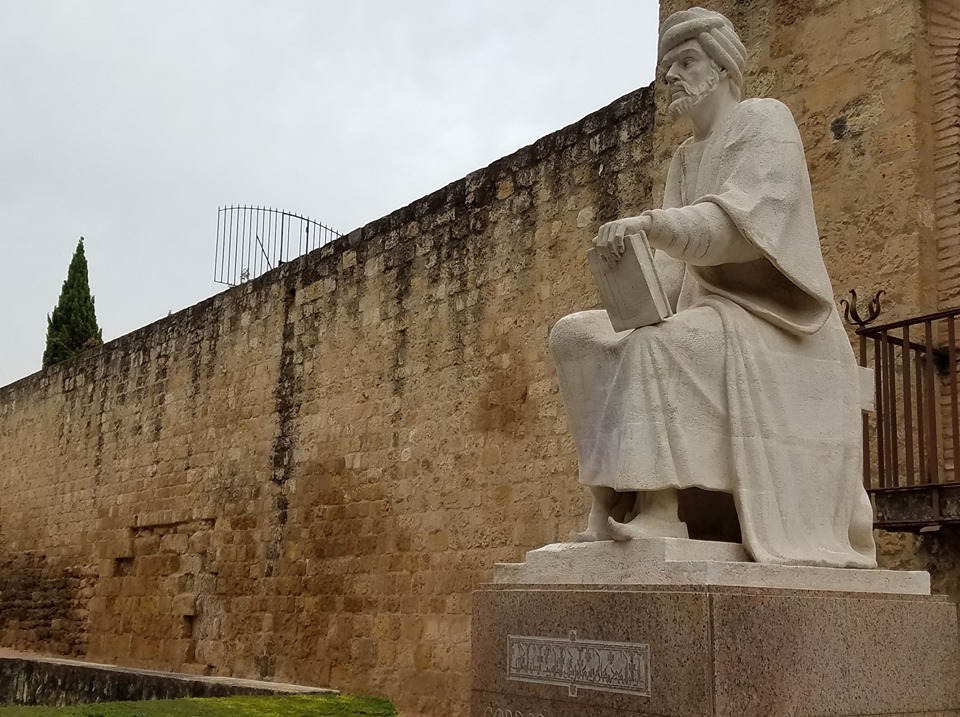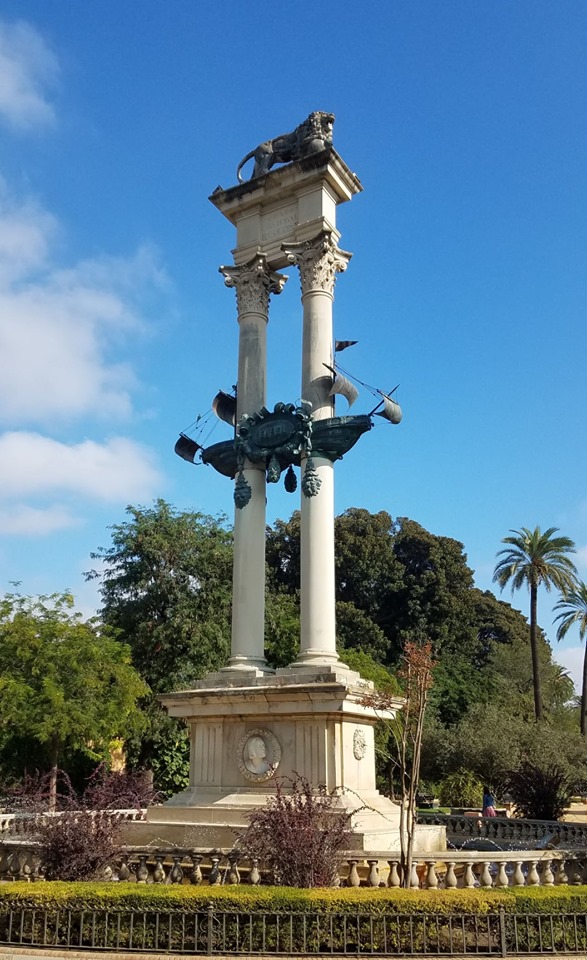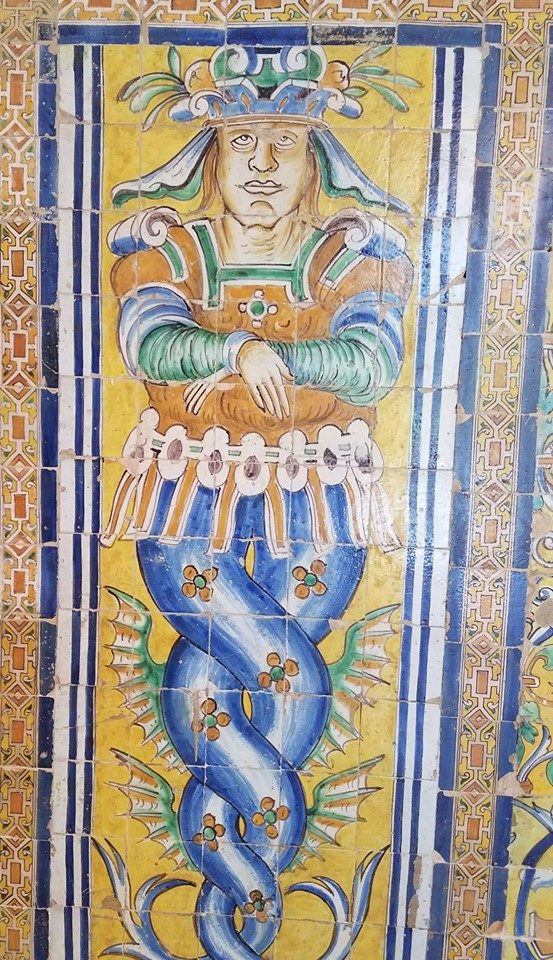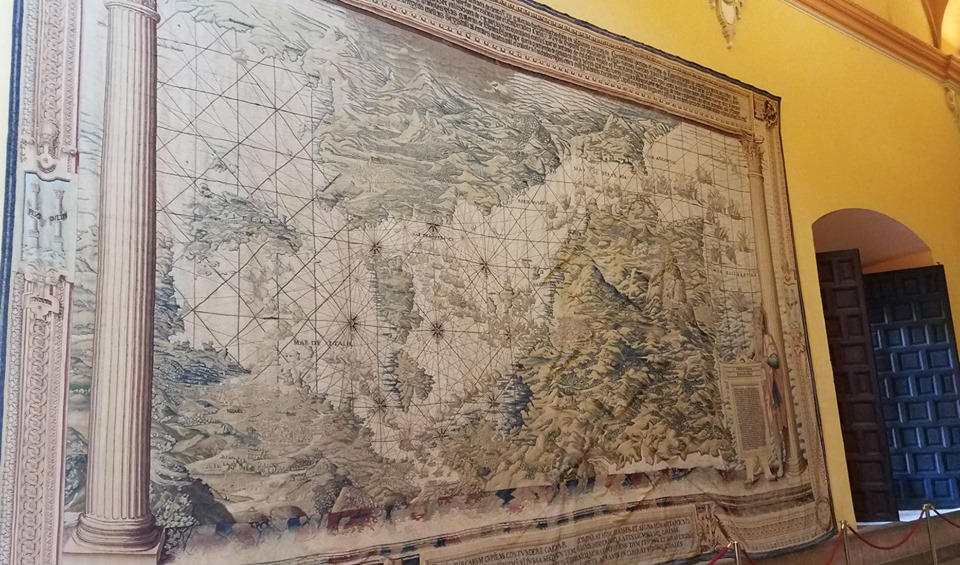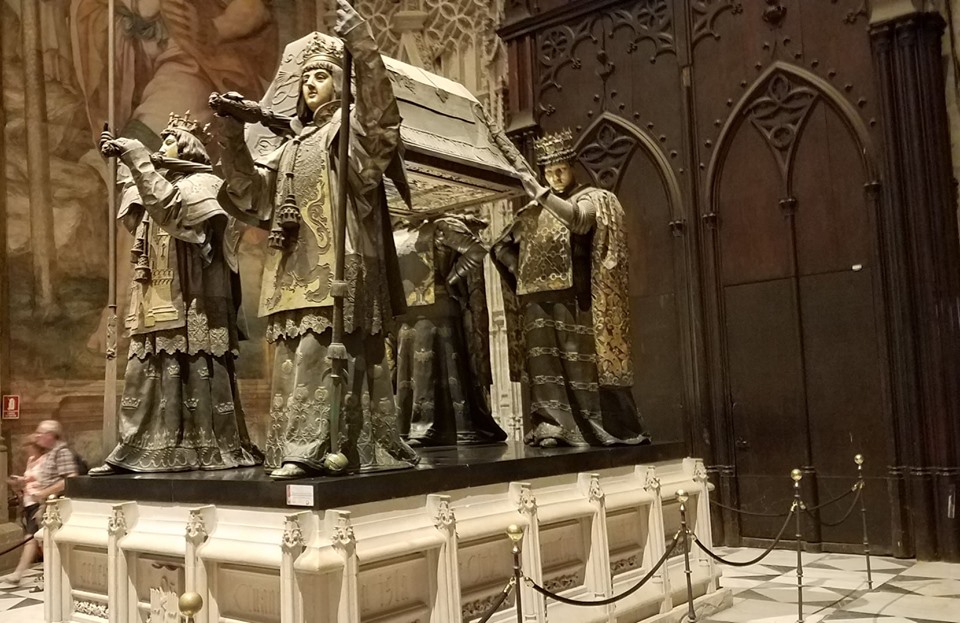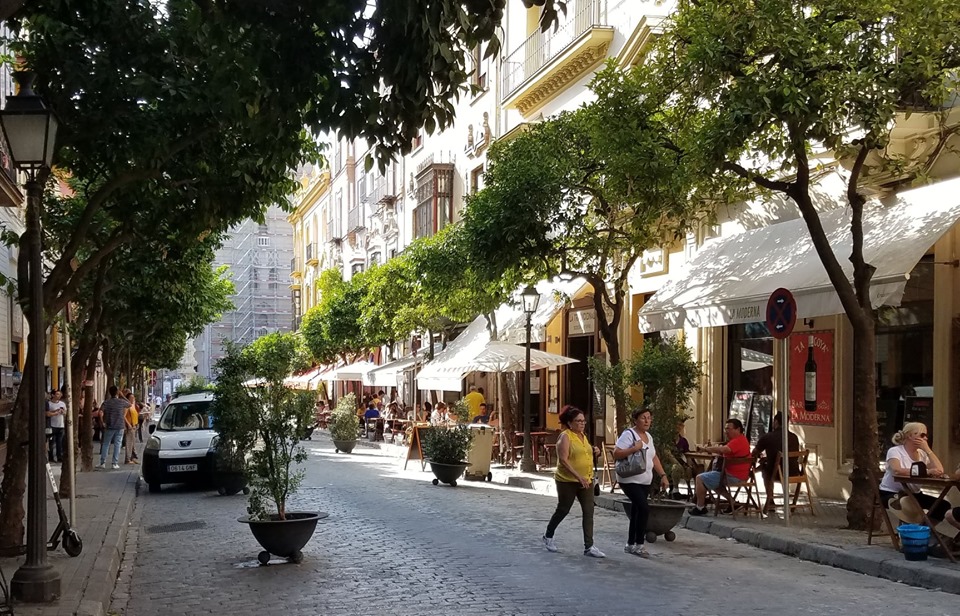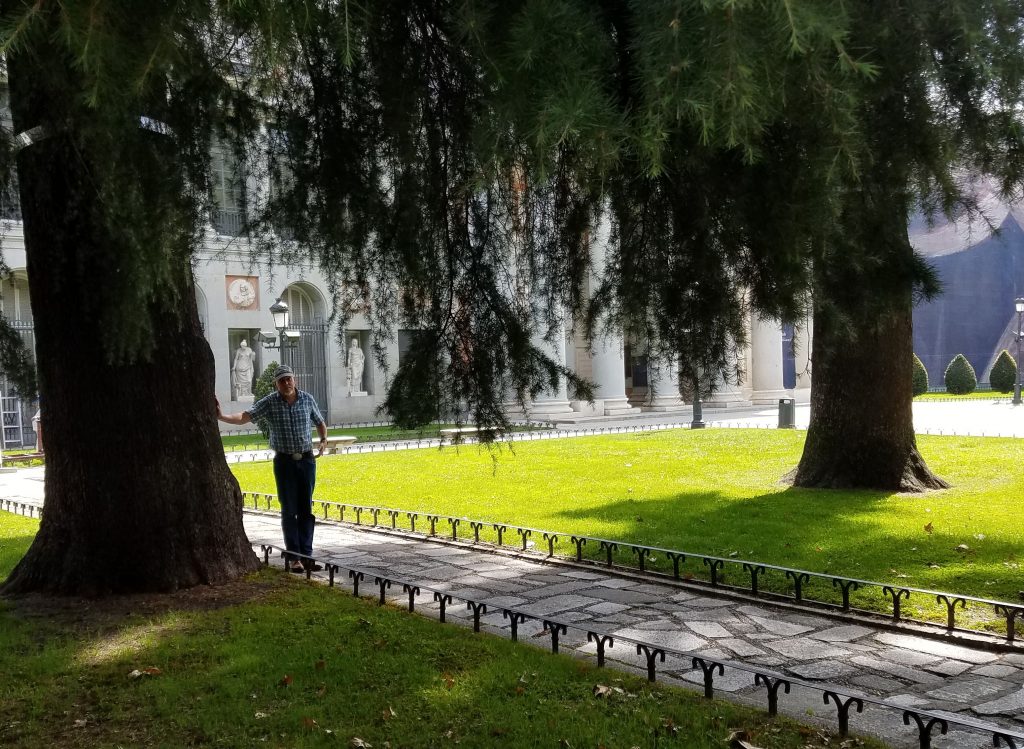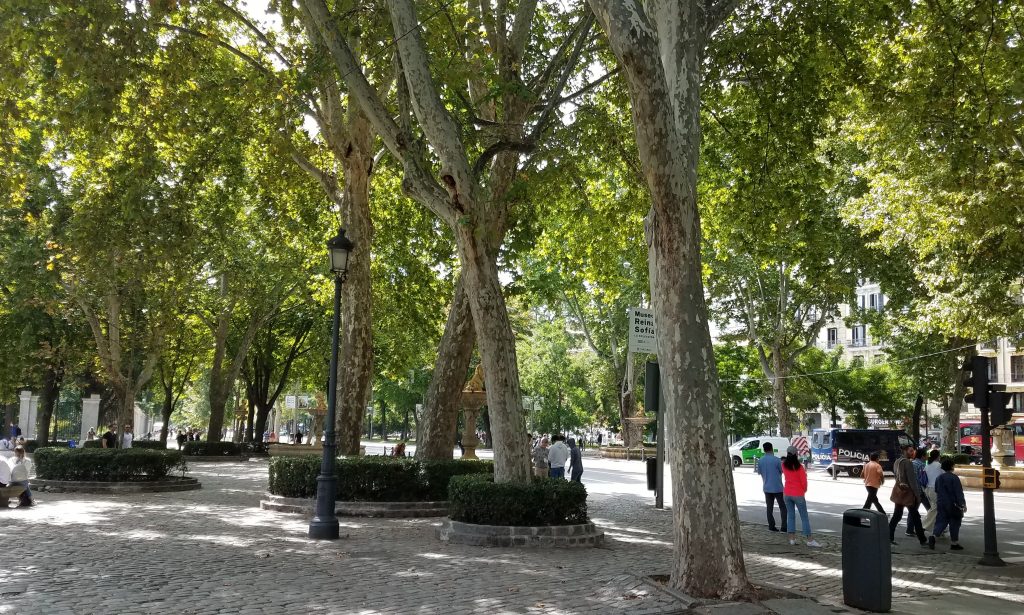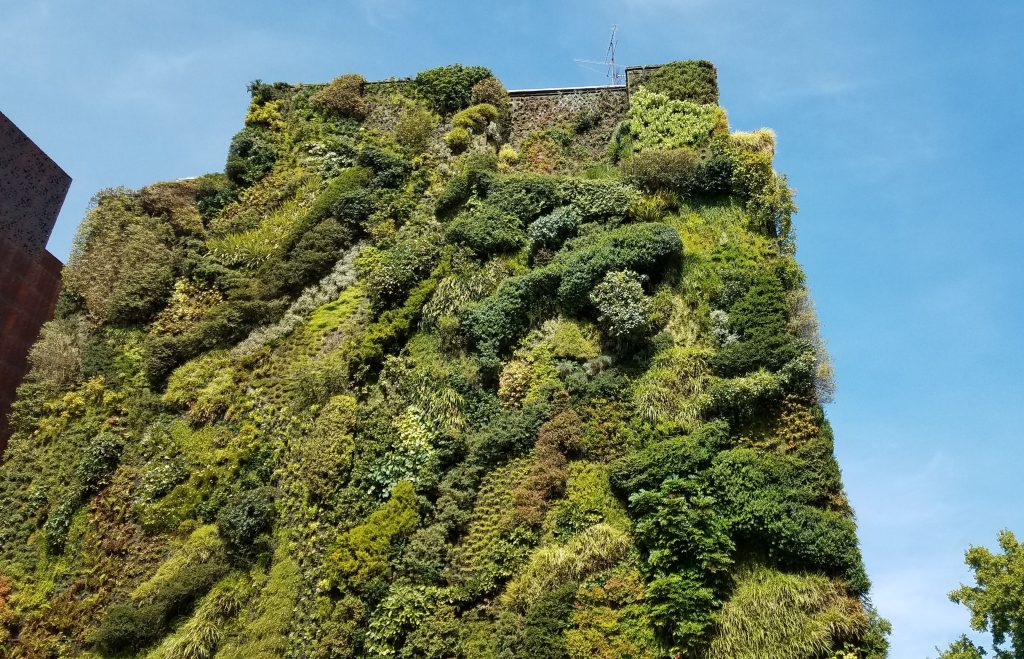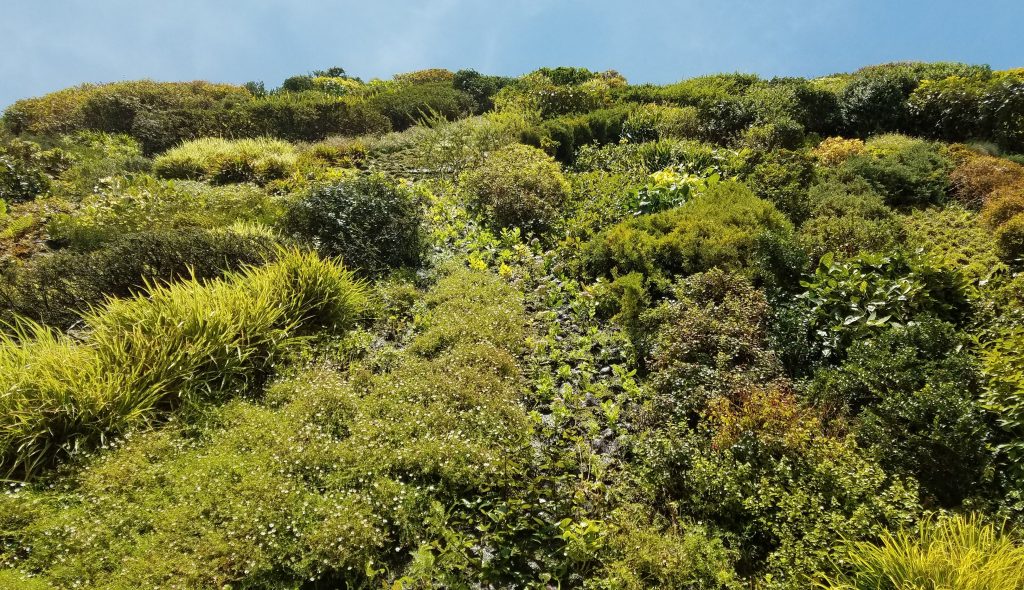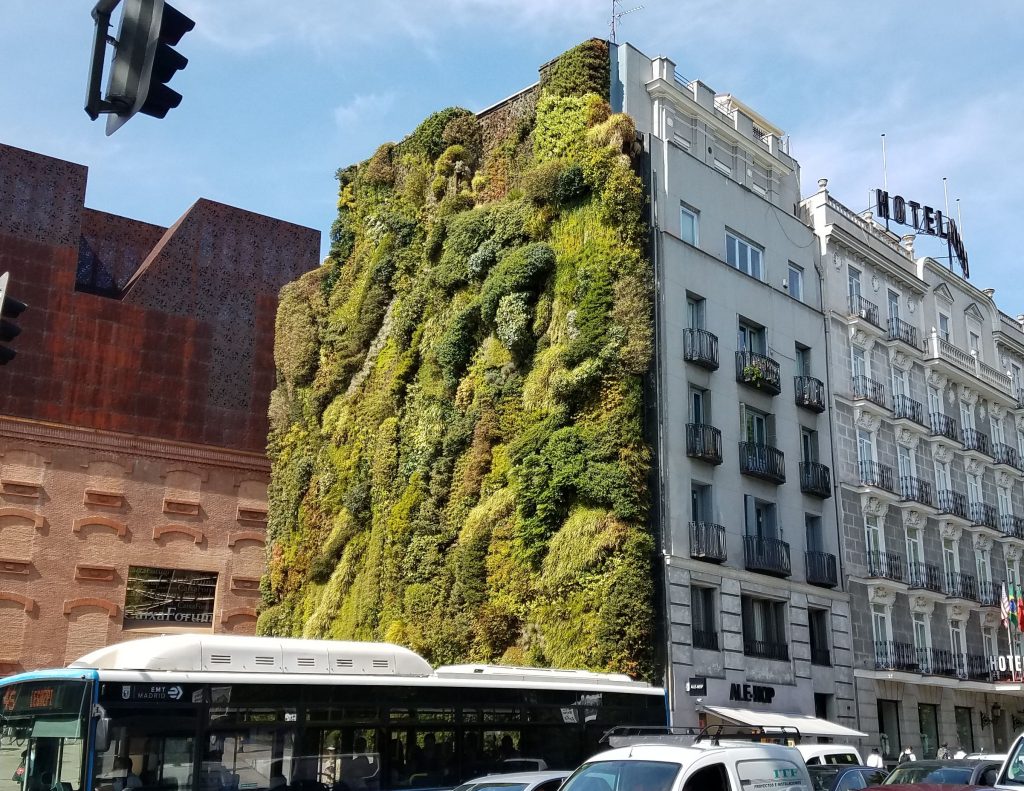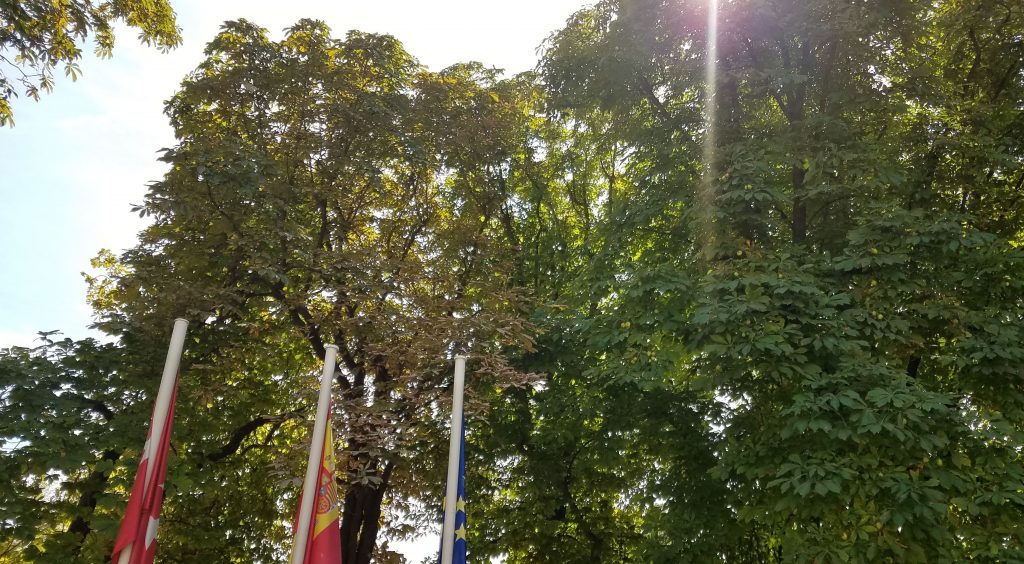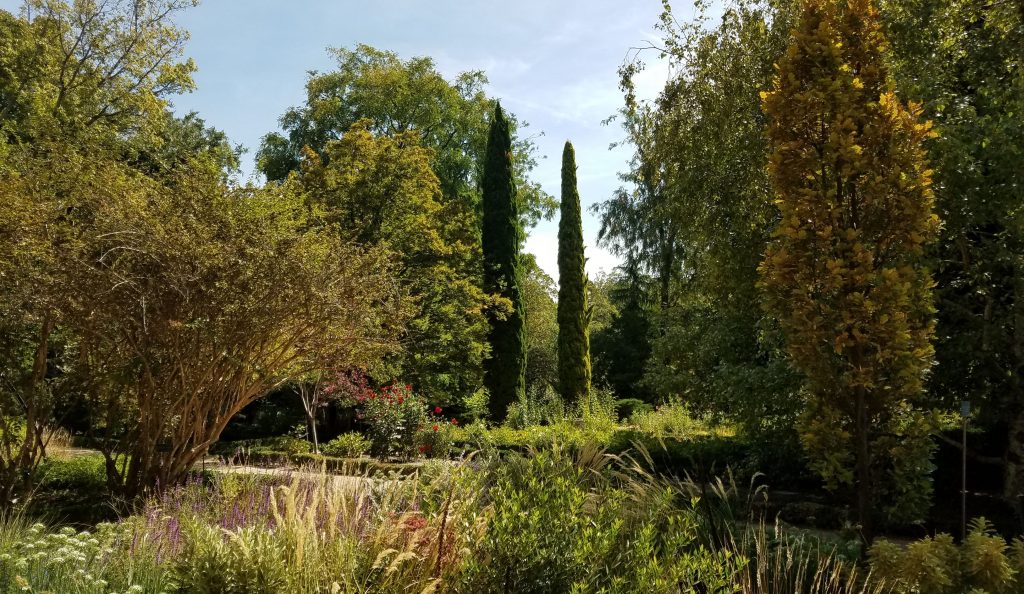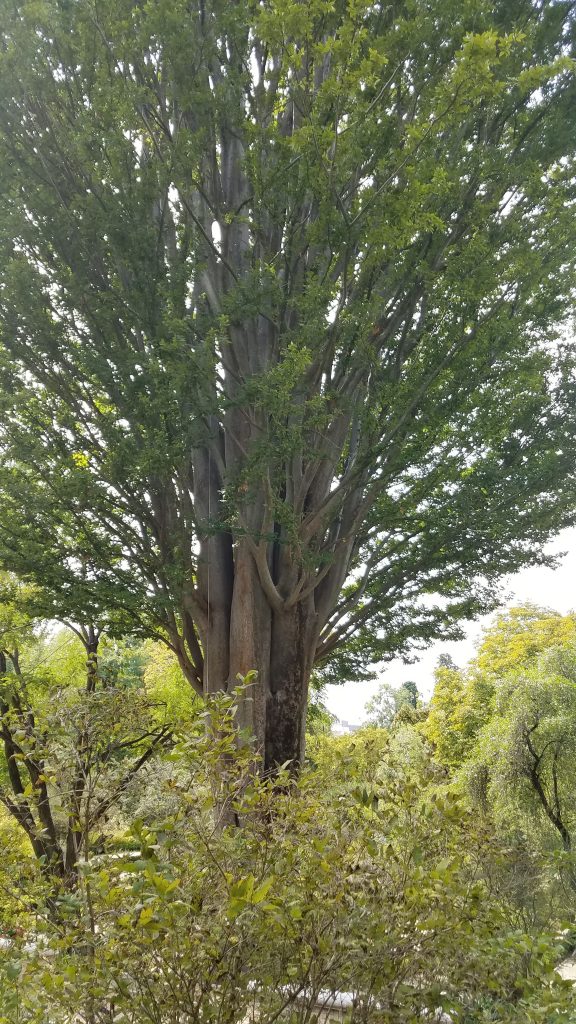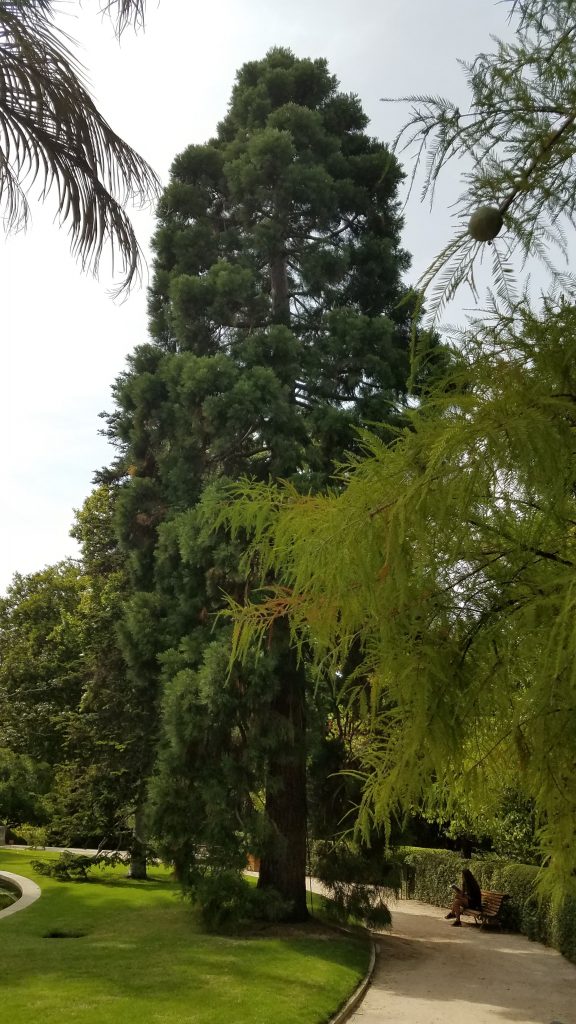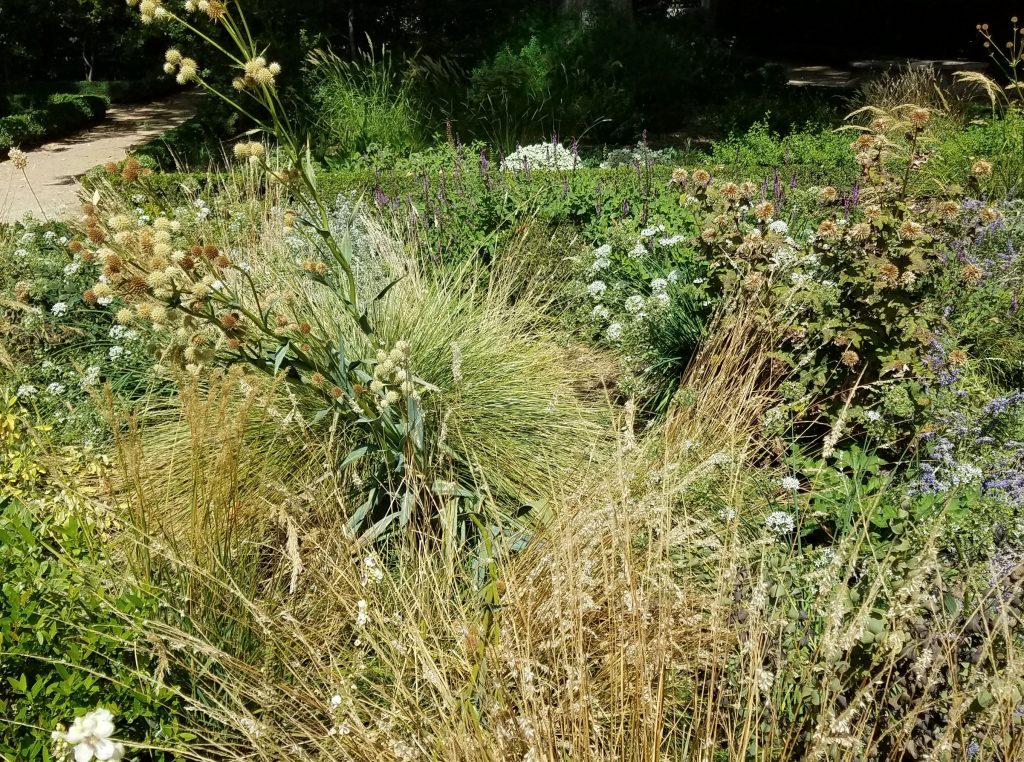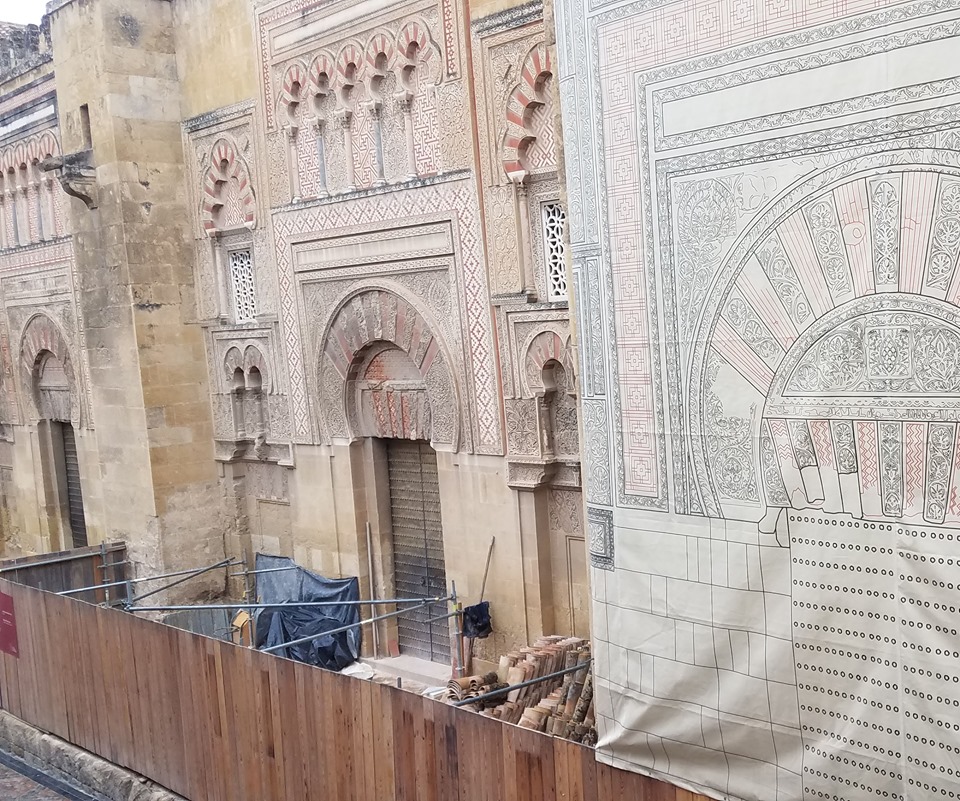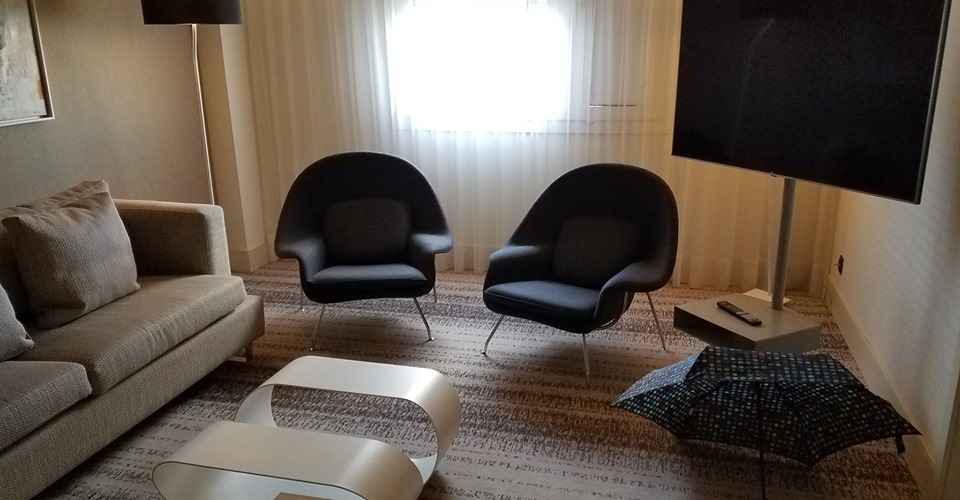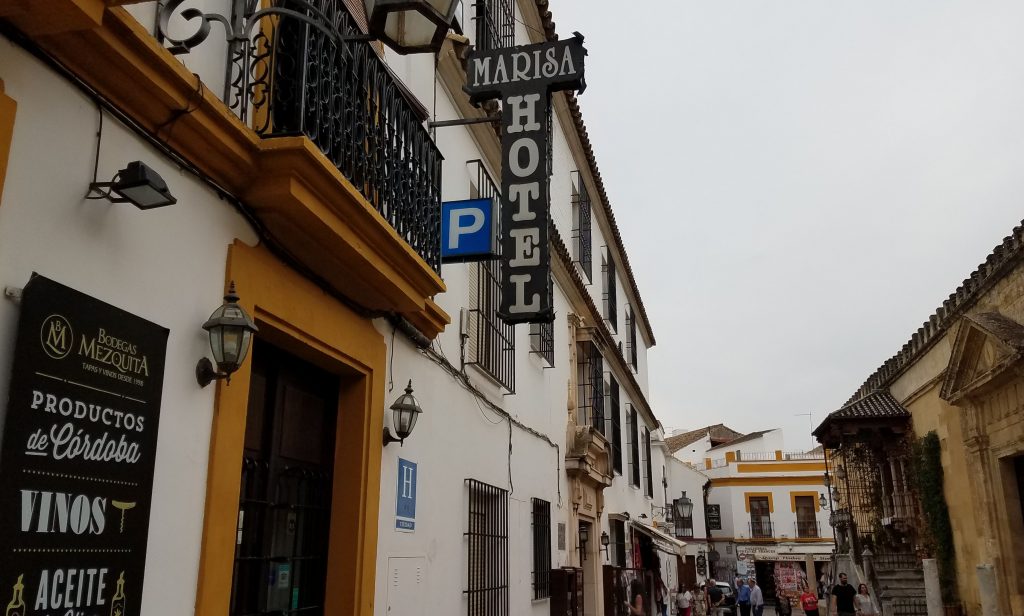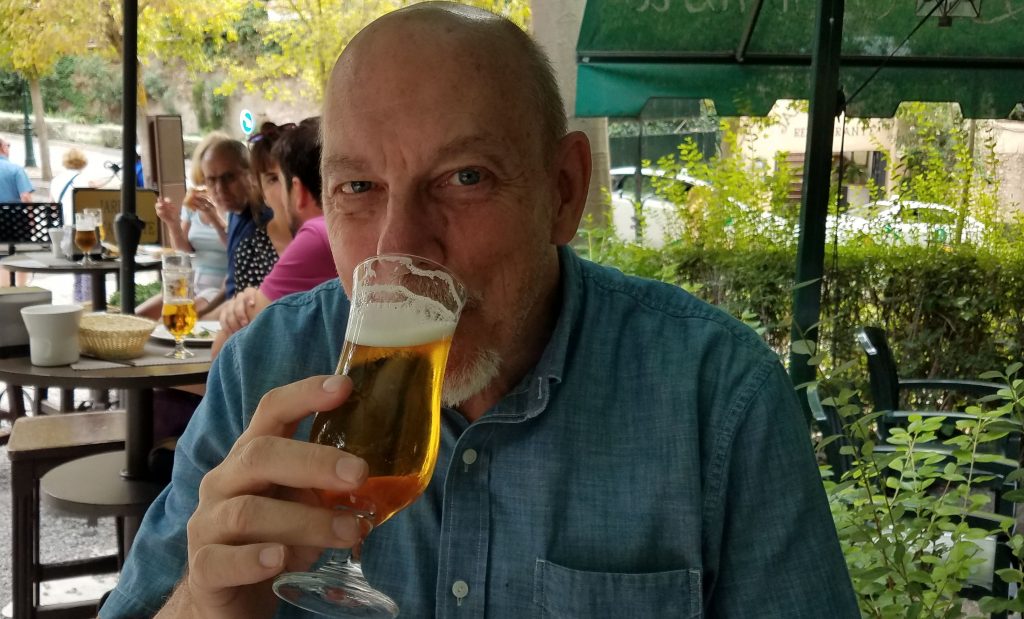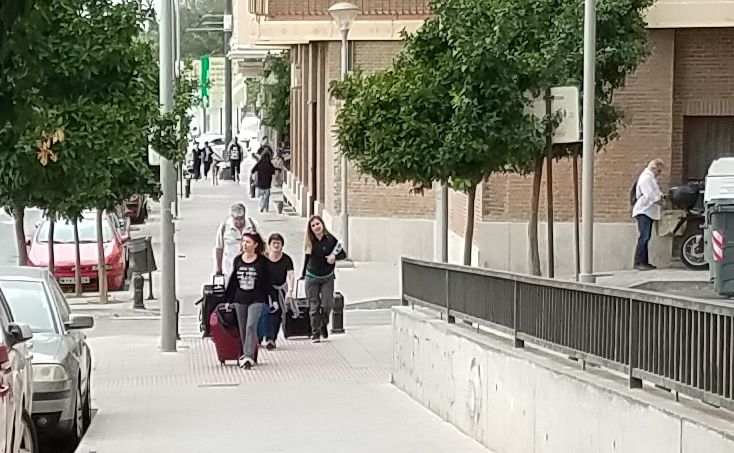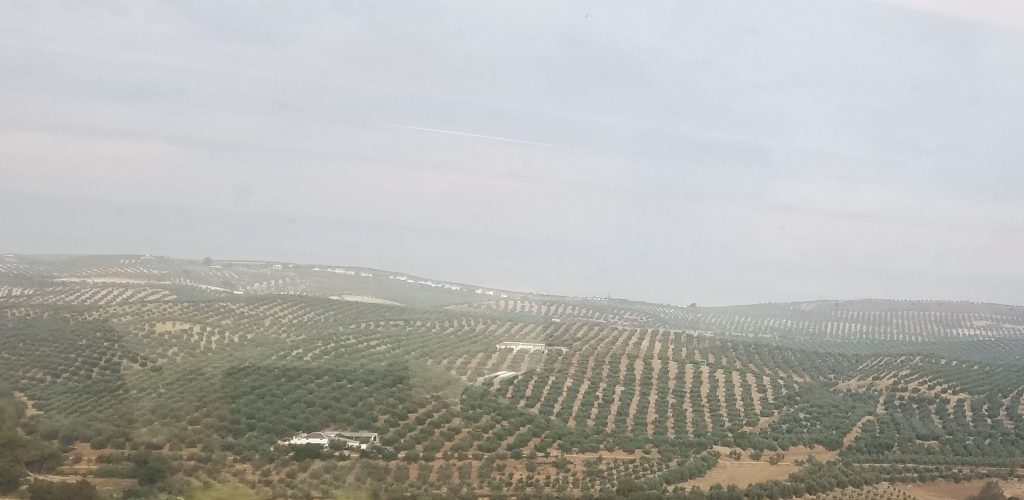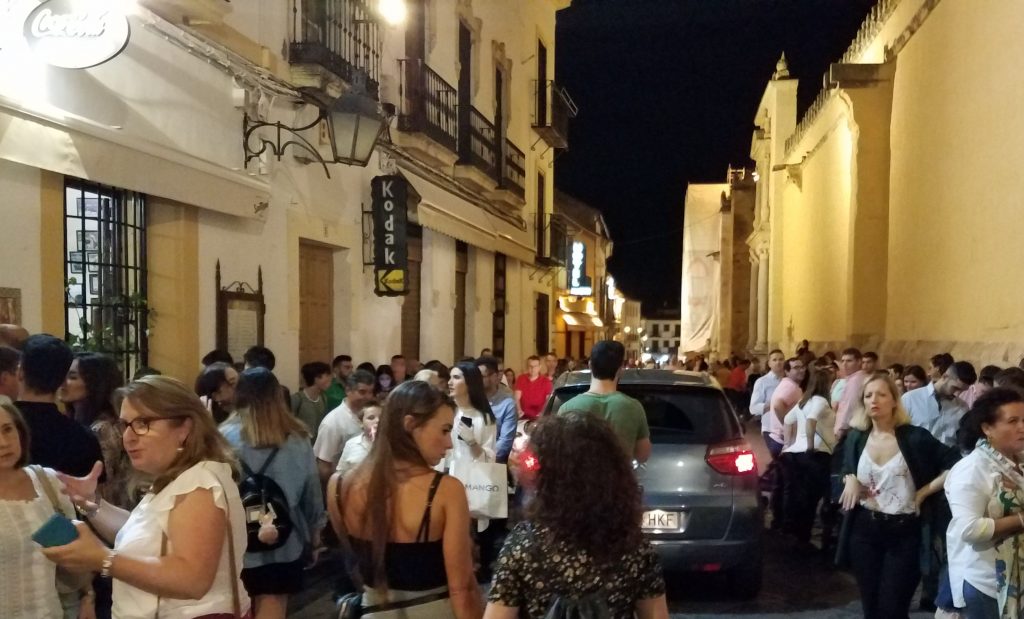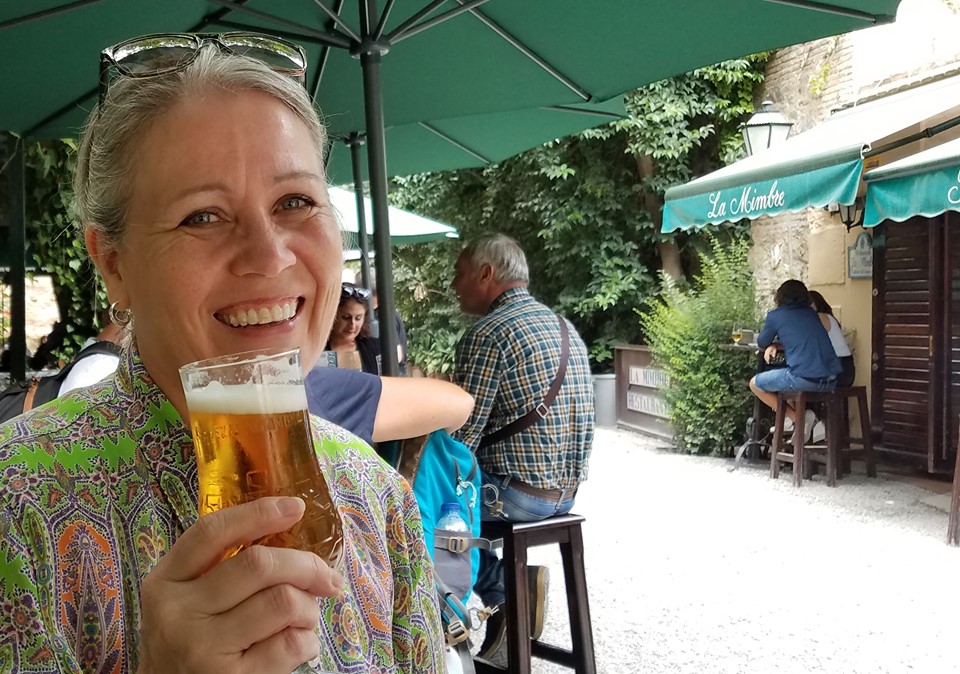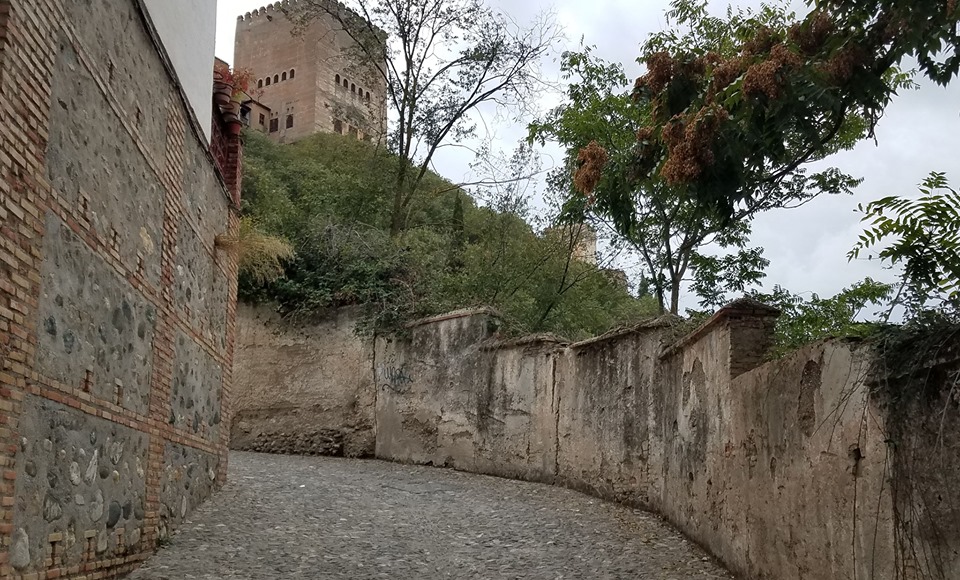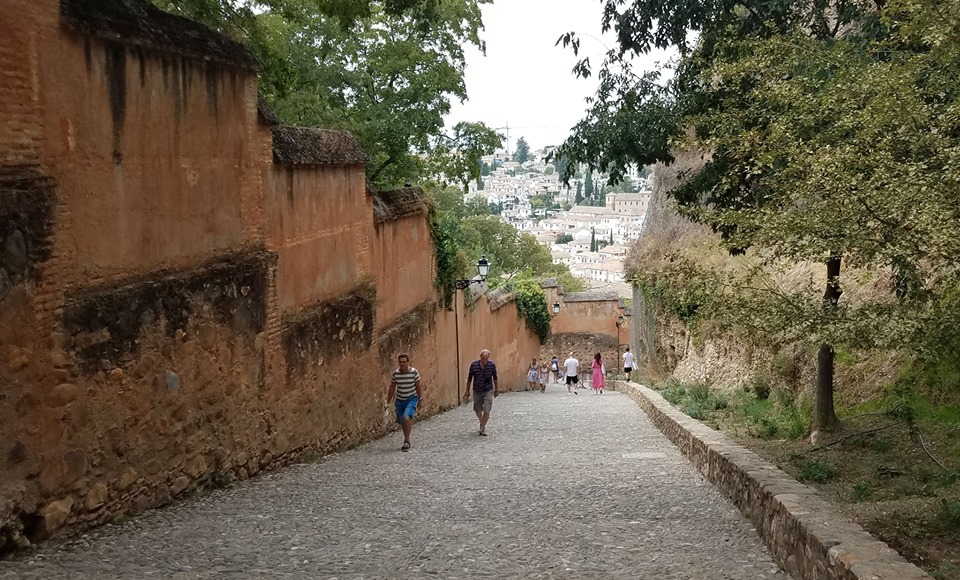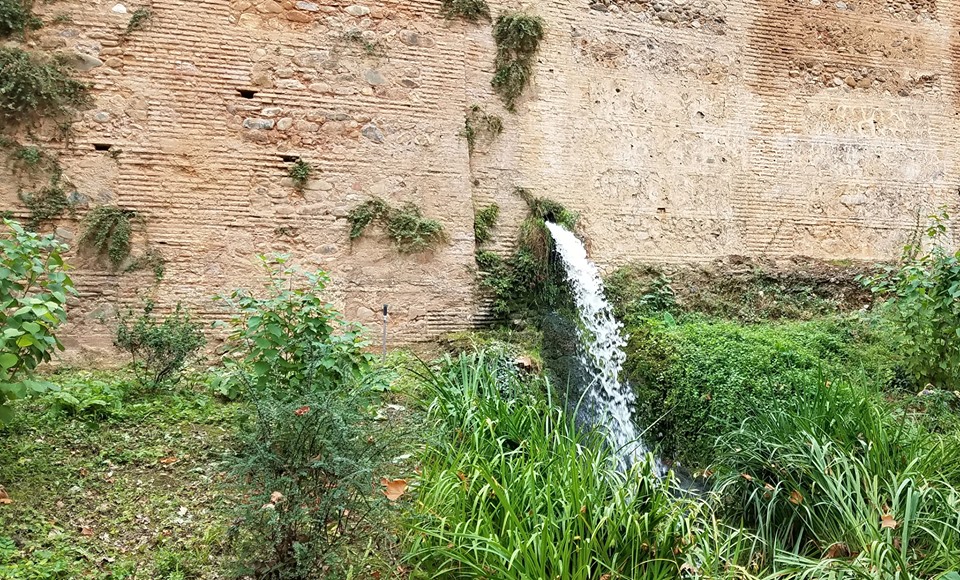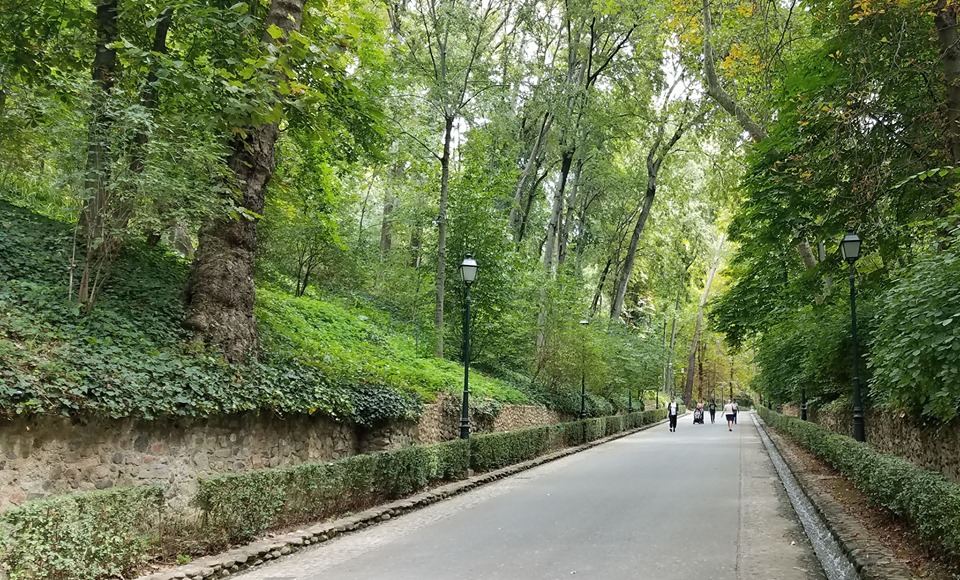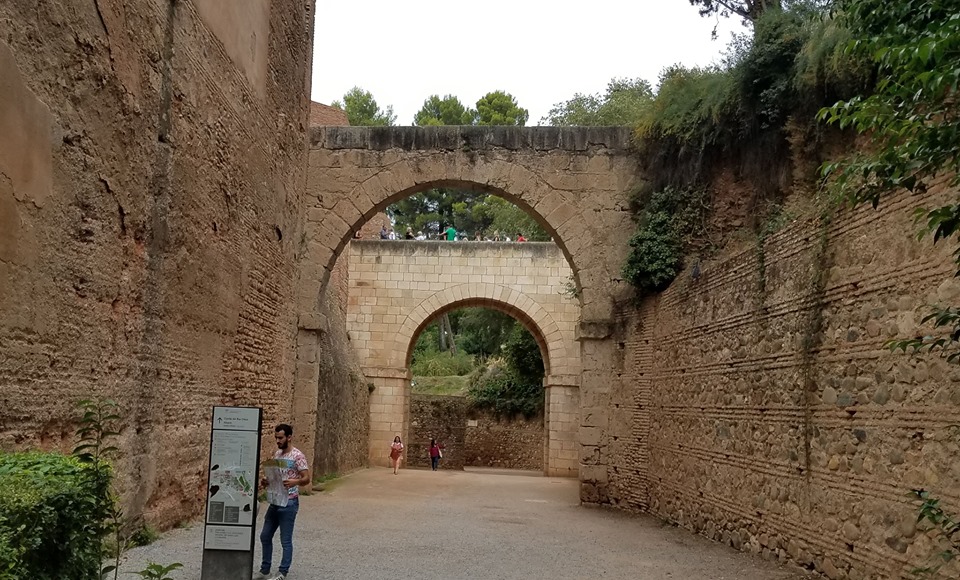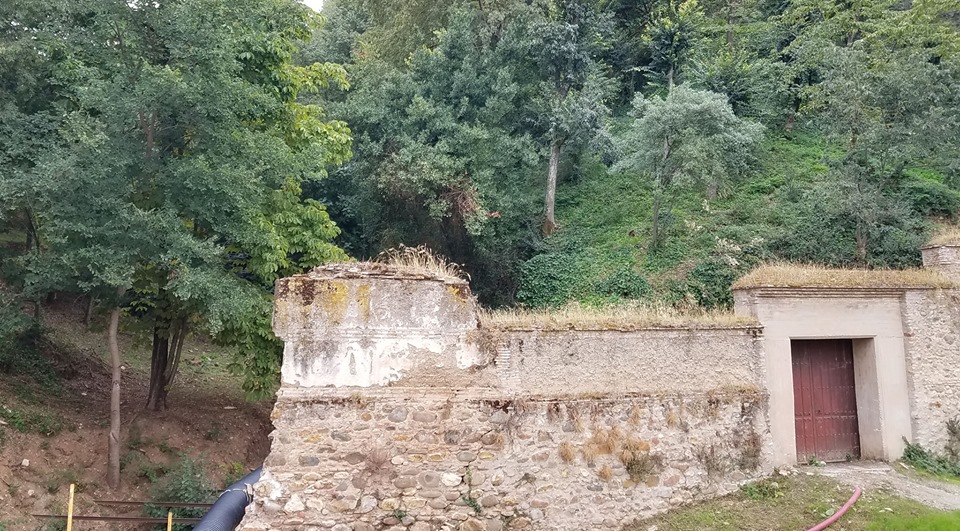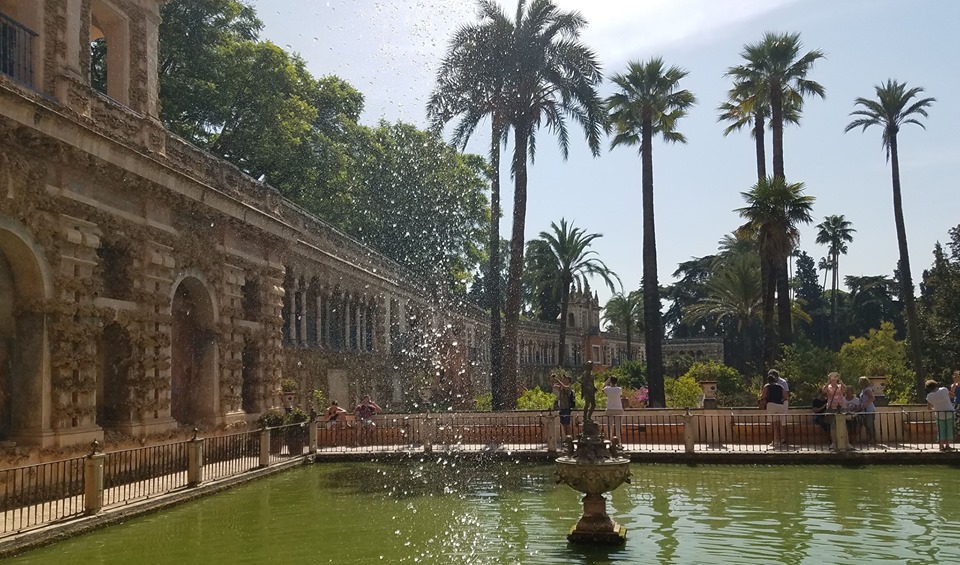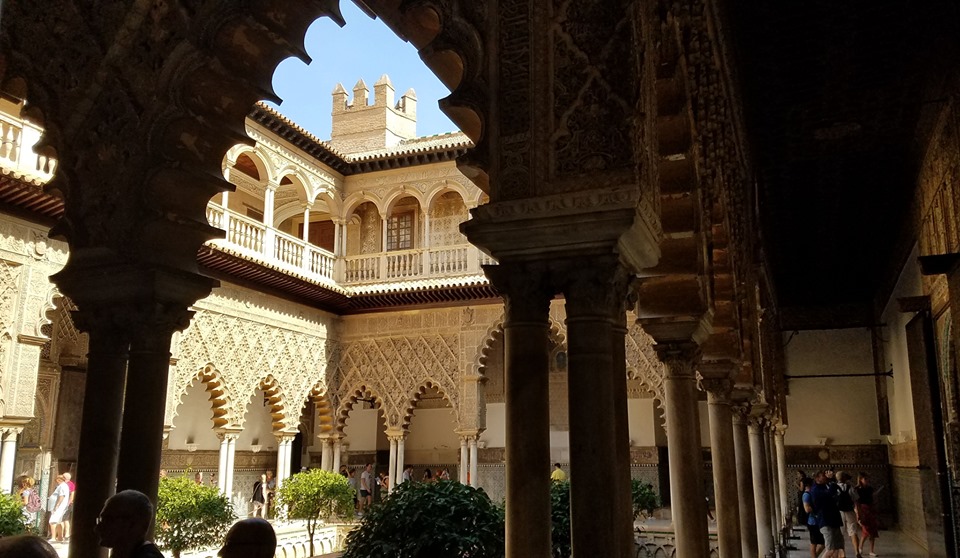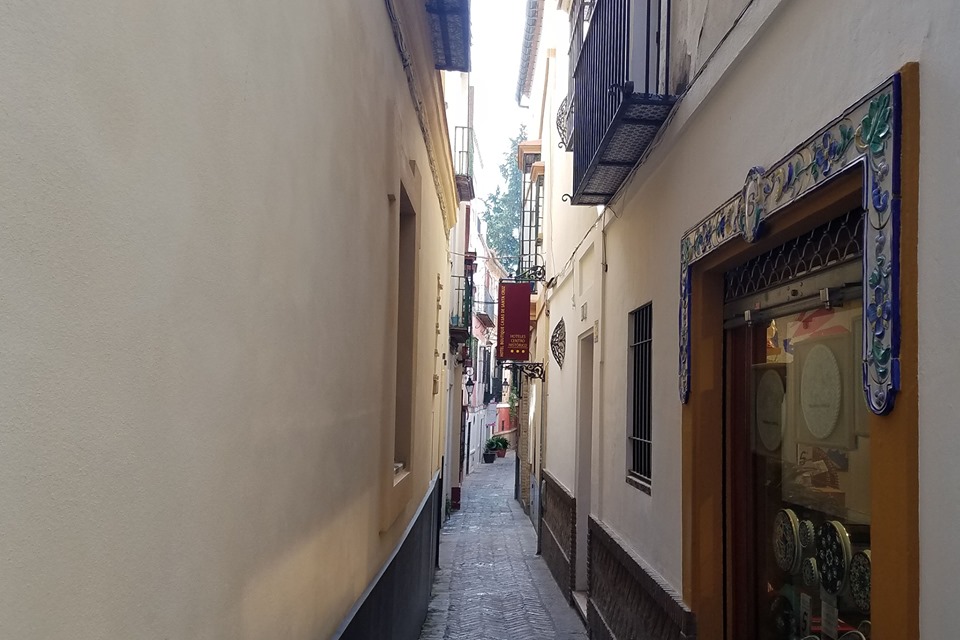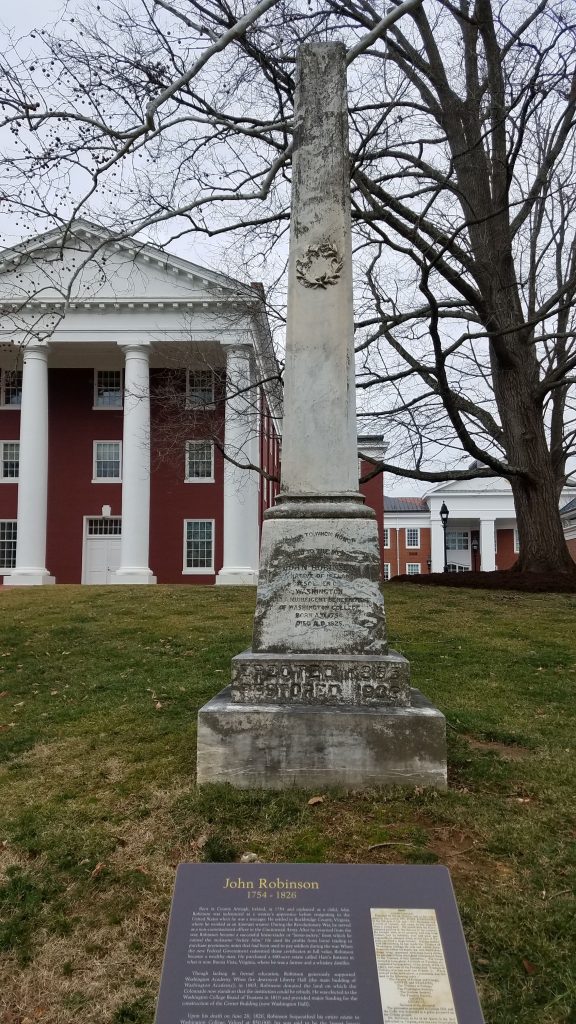
When I saw the statue I thought it might be Robert E Lee and I would have to feign outrage. This was Washington and Lee University after all. Closer inspection revealed it was Cyrus McCormick. All those old guys with beards look alike.
McCormick was a local boy and he gave money to Washington and Lee, but he moved to Chicago at an early age. He developed the McCormick Reaper that allowed for much more efficient harvests and revolutionized life for grain farmers, especially on the great plains, which were just on the verge of settlement when the reaper was developed.
Buckminster Fuller coined the phrase “energy slaves” to denote how much of our work is done by energy. This is what makes us so rich today. Add machines to that. McCormick reapers were still pulled by horses. There is the saying that BTUs do the work so you don’t have to. Of course that same goes for most tech. In the end, productivity is the only things that makes us better off materially.
I was driving up I-81 through the Shenandoah Valley. It was and is a major agricultural region. Relatively less important, as other regions have come online, than it was when McCormick lived there but still productive. In McCormick’s time, the Shenandoah Valley was a big grain producer. Today, it is more pasture.
During the Civil War, Union troops sought to destroy the productive capacity of the valley to starve the Confederacy. General Phil Sheridan was put in charge. His troops burned barns, killed livestock and made a desert of this once verdant and productive region, such that “A carrion crow in his flight across must either carry his rations or starve.”
It is a lesson in how war becomes more and more terrible as it progresses to its conclusion. It becomes a war against people when people feed armies.
My first picture is Cyrus McCormick at Washington and Lee. Next is the less PC but more memorably monikered Thomas “Stonewall” Jackson at VMI, where he was an instructor. VMI and Washington and Lee are right next to each other, but with very different architecture, as you can see in the buildings behind the statues. Picture # 3 is Main Street in Lexington and the penultimate picture is a little restaurant where I had breakfast. People in Lexington were extraordinarily friendly and cheerful. At least a half dozen people greeted me on the street, and unlike the case sometimes around DC, they did not want anything from me. As semi-introvert sometimes lost in my thoughts, such amity is not always welcome, but I know it comes from good intentions. Last picture is from McCormick’s family farm. It is right of I-81 about 16 miles north of Lexington. Worth seeing, but maybe not worth going to see, but since it is so close …
I -81 is an unpleasant highway. Lots of truck moving at speeds that seem a little too fast, so you cannot enjoy the beauty of the Shenandoah as much as you otherwise might. There are lots of long vistas. It is very different from 95 and especially 85 that are surrounded by thick forests for large stretches.

